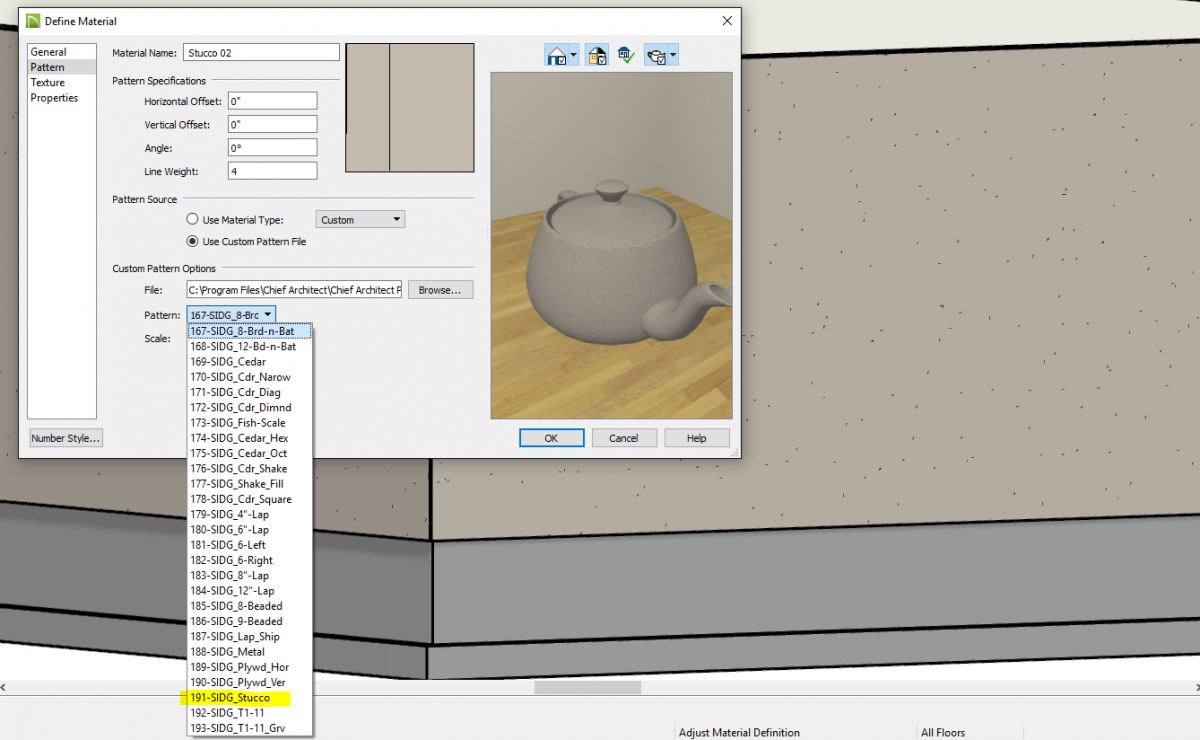

In states that have adopted this rule, you must be less than 50 percent at fault to recover any damages, and your damages will be reduced by your percentage of fault. Modified comparative fault rule (50%).In states that have adopted this rule, the damages you can recover are simply reduced by your percentage of fault. In states that have adopted this rule, no damages can be recovered if you’re partially at fault for your injuries (even if you’re only 1 percent at fault). Here are the four major approaches that have been adopted: States have adopted different approaches to determine how a plaintiff’s degree of responsibility may impact their personal injury claim. You were running, intoxicated, or otherwise acting recklessly when you slipped and fell.



#Pat stucco hatch free install
For example, if your landlord failed to install proper lighting or failed to remove obstacles from a stairway, they are probably negligent if you slip and fall as a result.Įvery year, thousands of people sustain injuries ranging from minor scratches to traumatic brain injuries as a result of slip and fall accidents. Negligence on the part of a landlord or property owner is often the cause of a slip and fall accident. One of the most common causes of tenant injury is a slip and fall accident. Slip and falls in and around the rental property When the injury occurred in a common area over which the landlord has complete control (for example, common hallways, exterior stairs, elevators, and sidewalks).When the landlord had actual knowledge of the dangerous condition (this is why it’s important to tell your landlords about any dangerous conditions and give them a reasonable amount of time to repair them), and.It would be unfair to require your landlord to know about and repair all dangerous conditions after you move into the rental property given that your landlord doesn’t have the right to enter your rental without your permission.Īs a result, most states won’t hold landlords responsible for injuries on the premises that are caused by dangerous conditions that came into existence after possession has passed to the tenant, with two big exceptions: After giving the tenant possession of the rental property.If your landlord fails to do so and you suffer an injury as a result of the dangerous condition, your landlord may be held liable. Your landlord must then repair any unsafe conditions that are discovered or should have been discovered. Before giving you possession of a rental property, your landlord must conduct a reasonable inspection of the property for unsafe conditions. Before giving the tenant possession of the rental property.In general, there are two time periods when a landlord can potentially be held liable: The area of law that determines whether a landlord can be held liable for an injury sustained in a rental unit is called premises liability law. When is a landlord liable for injuries to a third party?


 0 kommentar(er)
0 kommentar(er)
